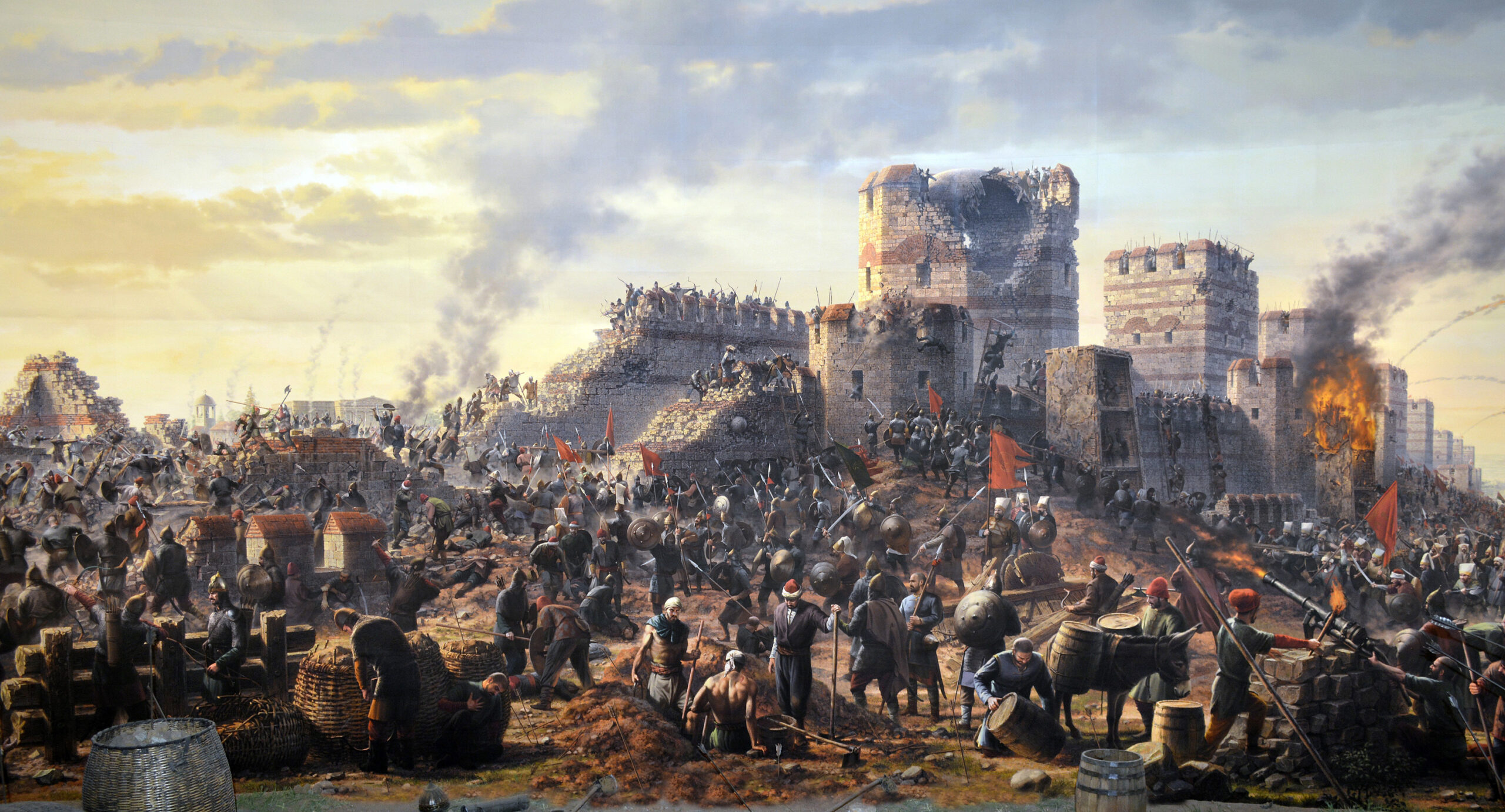Mehmed the Conqueror: From Prince to Fatih Sultan Mehmed, Forging an Empire
Mehmed II, forever etched in history as Mehmed the Conqueror, wasn't born with titles of grandeur. Emerging from the shadows of his elder brother's destiny, he ascended the Ottoman throne twice, leaving an indelible mark on the world map and earning his epithet through sheer ambition and strategic brilliance.
Ascending the Throne: A Young Sultan's Baptism by Fire
Born in 1432, Mehmed's early life was steeped in scholarly pursuits and rigorous military training. At just 12, he became Sultan for the first time, his reign cut short by a palace coup orchestrated by his father, Murad II. This early dethroning ignited a fire within Mehmed, solidifying his resolve to become a formidable ruler.
The Siege of Constantinople: A Gamble that Reshaped History
Siege When Murad II passed away in 1451, Mehmed, now a seasoned leader, reclaimed the throne. His sights were set on an audacious conquest: Constantinople, the impregnable capital of the Byzantine Empire. For centuries, it had stood as a bastion of Christianity, defying numerous attempts at capture. In 1453, at the age of 21, Mehmed laid siege to the city, employing a combination of innovative cannons, psychological warfare, and sheer determination. After a grueling 53-day siege, Constantinople fell, marking a pivotal moment in world history.
When Murad II passed away in 1451, Mehmed, now a seasoned leader, reclaimed the throne. His sights were set on an audacious conquest: Constantinople, the impregnable capital of the Byzantine Empire. For centuries, it had stood as a bastion of Christianity, defying numerous attempts at capture. In 1453, at the age of 21, Mehmed laid siege to the city, employing a combination of innovative cannons, psychological warfare, and sheer determination. After a grueling 53-day siege, Constantinople fell, marking a pivotal moment in world history.
From Conqueror to Empire Builder: Shaping the Ottoman Landscape
With Constantinople's fall, Mehmed wasn't content with mere conquest. He transformed the city into Istanbul, the new capital of the expanding Ottoman Empire. He embraced religious diversity, welcoming scholars and artists, transforming Istanbul into a vibrant cultural hub. He embarked on further conquests, expanding the empire's reach into the Balkans, Anatolia, and the Black Sea region.
More Than Just a Conqueror: Fostering Knowledge and Legacy
Beyond his military prowess, Mehmed was a patron of the arts and sciences. He established libraries, commissioned translations of historical and scientific texts, and encouraged philosophical discourse. His reign saw a flourishing of architecture, with iconic structures like the Topkapi Palace and Fatih Mosque forever gracing the Istanbul skyline.
The Twilight of a Titan: A Legacy Carved in Stone
Mehmed the Conqueror died in 1481, leaving behind a vast empire stretching from the Danube to the Arabian Peninsula. Though his reign faced internal conflict and rebellions, his achievements cemented his place as one of history's most significant figures. He united Anatolia under Ottoman rule, ushered in a golden age of cultural exchange, and established the Ottoman Empire as a major power on the world stage.
Mehmed the Conqueror's legacy remains a complex tapestry woven with threads of conquest, cultural patronage, and religious tolerance. His name evokes awe and intrigue, reminding us of the transformative power of a leader who dared to reshape history.
Further Exploration:
- Read "Mehmed the Conqueror & His Time" by Roger Crowley
- Visit the Topkapi Palace and Fatih Mosque in Istanbul
- Watch the documentary "Mehmed the Conqueror: The World's Most Powerful Sultan"





![[ℕ𝕖𝕧𝕖𝕣] 𝕊𝕖𝕝𝕝 𝕐𝕠𝕦𝕣 𝔹𝕚𝕥𝕔𝕠𝕚𝕟 - I Think I Have Crypto PTSD](https://cdn.bulbapp.io/frontend/images/819e7cdb-b6d8-4508-8a8d-7f1106719ecd/1)



































